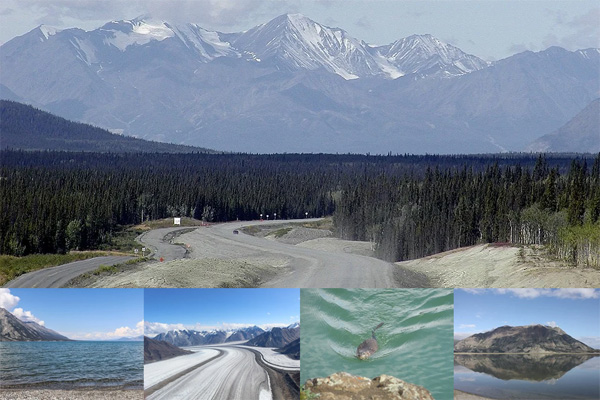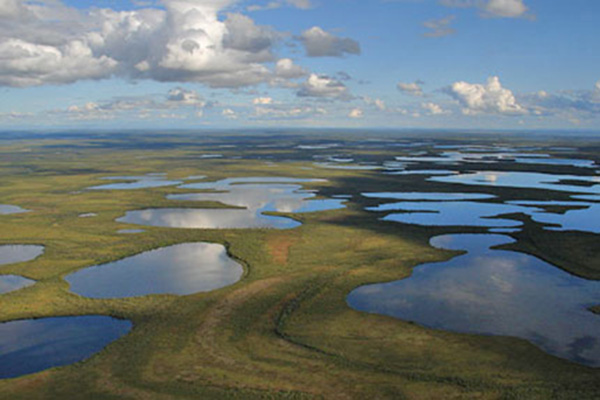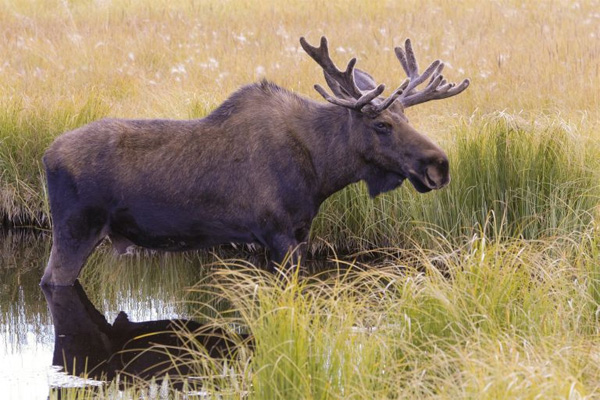Travel Canada
RomWell Travel Advisory
Yukon Territory - Parks
The Yukon's major appeal is its nearly pristine nature. Tourism relies heavily on this, and there are many organised outfitters and guides available to hunters and anglers and nature lovers of all sorts.
Sports enthusiasts can paddle lakes and rivers with canoes and kayaks, ride or walk trails, ski or snowboard in an organized setting or access the backcountry by air or snowmobile, climb the highest peaks of North America or take a family hike up smaller mountains, or try ice climbing and dog sledding.
Ivvavik National Park - Ivvavik, meaning ‘a place for giving birth, a nursery', in Inuvialuktun, the language of the Inuvialuit, is the first national park in Canada to be created as a result of an aboriginal land claim agreement. The park protects a portion of the calving grounds of the Porcupine caribou herd and represents the Northern Yukon and Mackenzie Delta natural regions.
Kluane National Park and Reserve - Located in the southwest corner of the Yukon, Kluane has Canada's highest peak (Mount Logan) and some of the most extensive icefields outside the polar region. A gem in the family of Parks Canada's national treasures, Kluane National Park and Reserve of Canada covers an area of 21,980 square kilometres. It is a land of precipitous, high mountains, immense icefields and lush valleys that yield a diverse array of plant and wildlife species and provides for a host of outdoor activities. Kluane National Park and Reserve is also home to Mount Logan (5959 m/19,545 ft), Canada's highest peak. As part of a larger system of national parks and historic sites found throughout Canada, Kluane National Park and Reserve protects and presents a nationally significant example of Canada's North Coast Mountains natural region and the associated regional cultural heritage. Fostering public understanding, appreciation and enjoyment of Kluane National Park and Reserve while ensuring ecological and commemorative integrity for present and future generations is Parks Canada's goal.
Vuntut National Park - Vuntut National Park was established in 1995 after extensive negotiations through the Vuntut Gwitchin First Nation's Final Land Claims Agreement between the Vuntut Gwitchin of Old Crow and the Government of Canada and the Yukon. Vuntut, which means "among the lakes" in the Gwitchin language, encompasses 4,345. sq. km of wilderness in the northwestern corner of the Yukon Territory. The park is bounded by the height of land and Ivvavik National Park of the north, the international boundary and the Arctic National Wildlife Refuge to the west, Black Fox Creek to its confluence with the Old Crow River to the east and the Old Crow River to the south.






